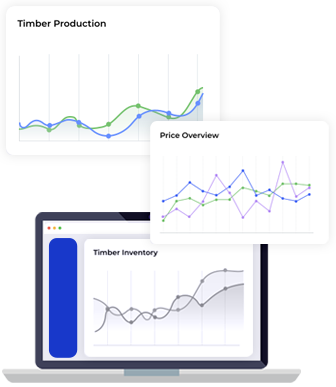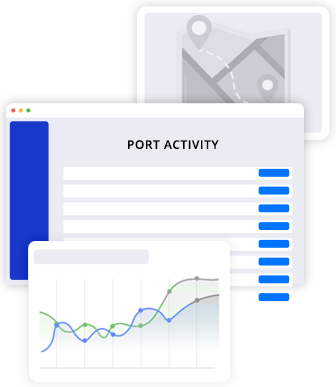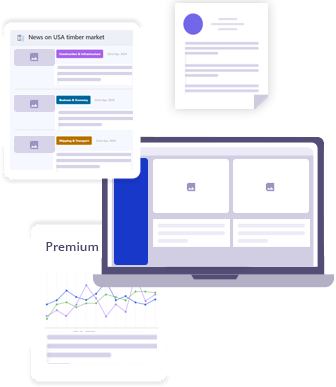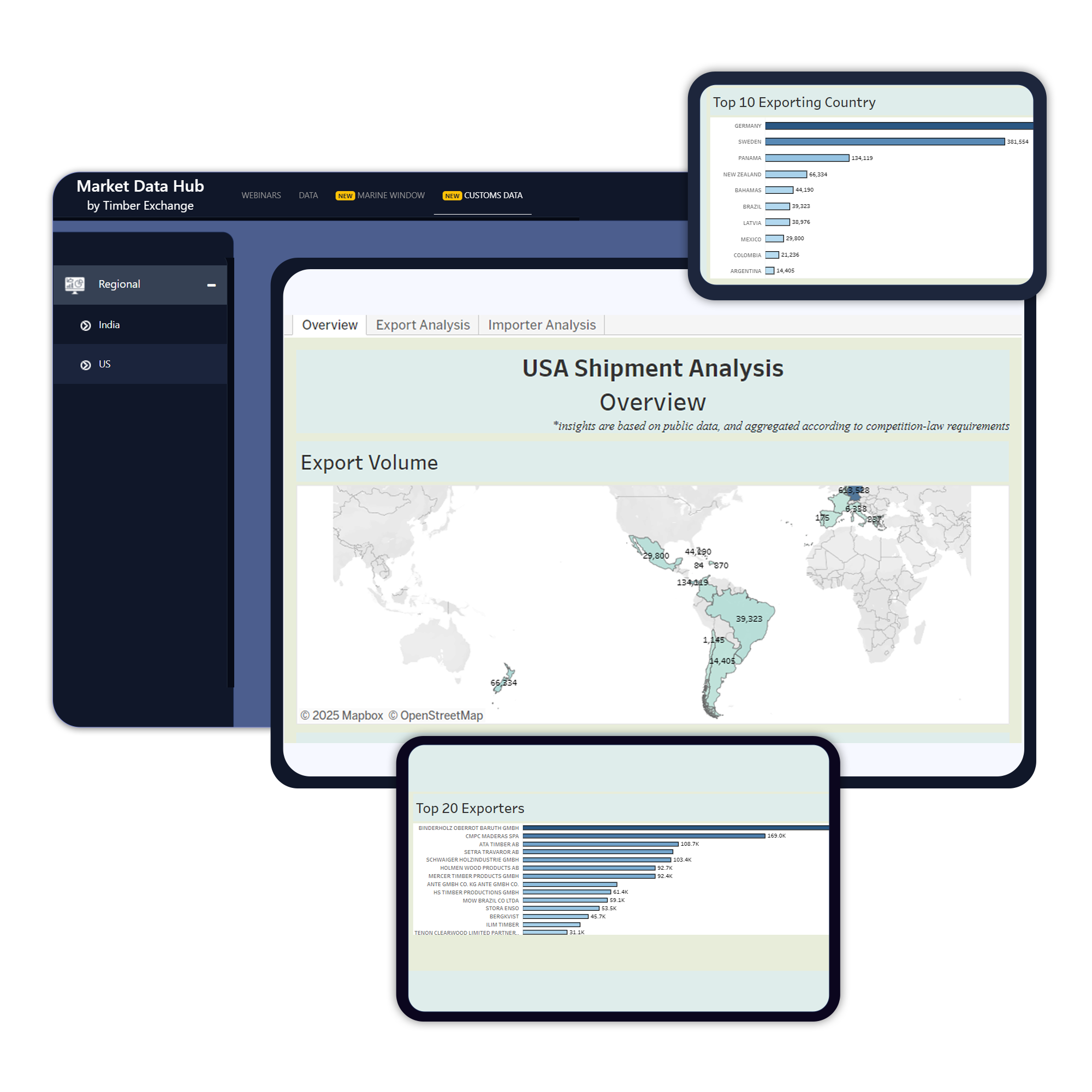
Empty containers piled up at global ports due to low shipping demand
Posted on February 17, 2023 |
Empty containers are piling up at main ports around the world as slowing economies strain shipping demand.
In the week of February 5, the CAx (Container Availability Index) climbed to 0.64, the 11th consecutive week the index was above 0.6; CAx values above 0.5 mean that more containers entered a port than left it.
The docks in Shanghai port are crowded with empty containers, and many must be moved to nearby Taicang port.
In recent months at export hubs including Shanghai and Qingdao, the CAx readings for 40-foot containers held in the range of 0.6-0.7, while the indexes at the major import junctions of Antwerp in Belgium and Los Angeles in North America have been above 0.8.
Since Q4 2022, the return flow of empty containers is higher than the export volume of filled containers, leading to widespread tension on empty container stockpiles at China's major ports.
At present, 6 million TEUs of surplus containers exist in the global equipment pool and container shipping volume will total 201 million TEUs, down 3.1% from last year.
The demand in the container shipping industry is set to fall as much as 2.5% but may rise by 0.5%.
Since H2 2022, the Shanghai Export Container Freight Index, which reflects spot market rates, fell by 80%, and on Friday, the spot shipping rate for a 20-foot container from Shanghai to Europe fell by 88% to $925, from the 2022 high, while the rate for a 40-foot container from Shanghai to the U.S. West Coast fell by 84% to $1,293.





